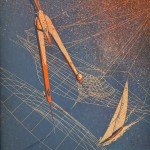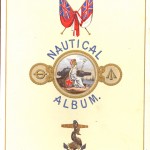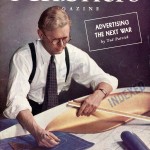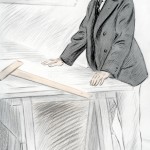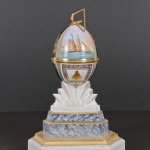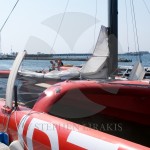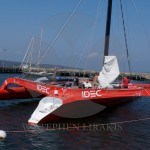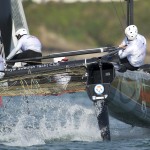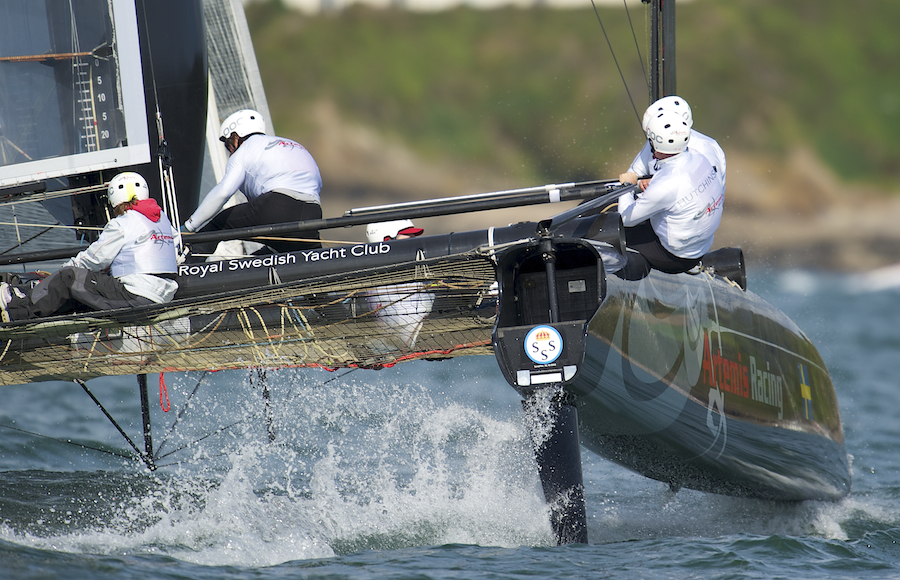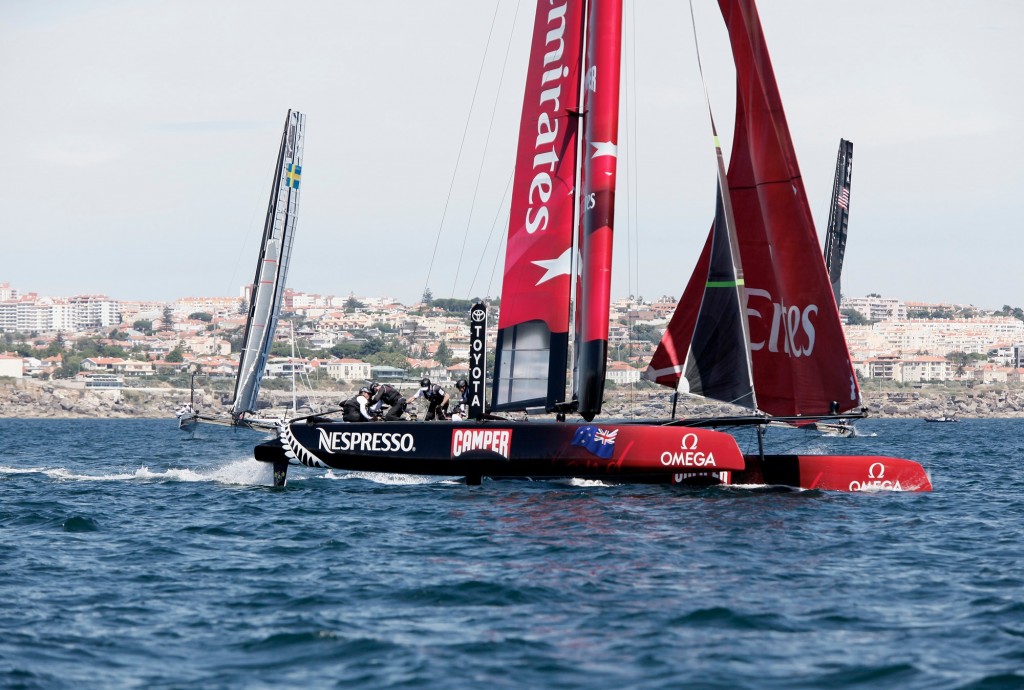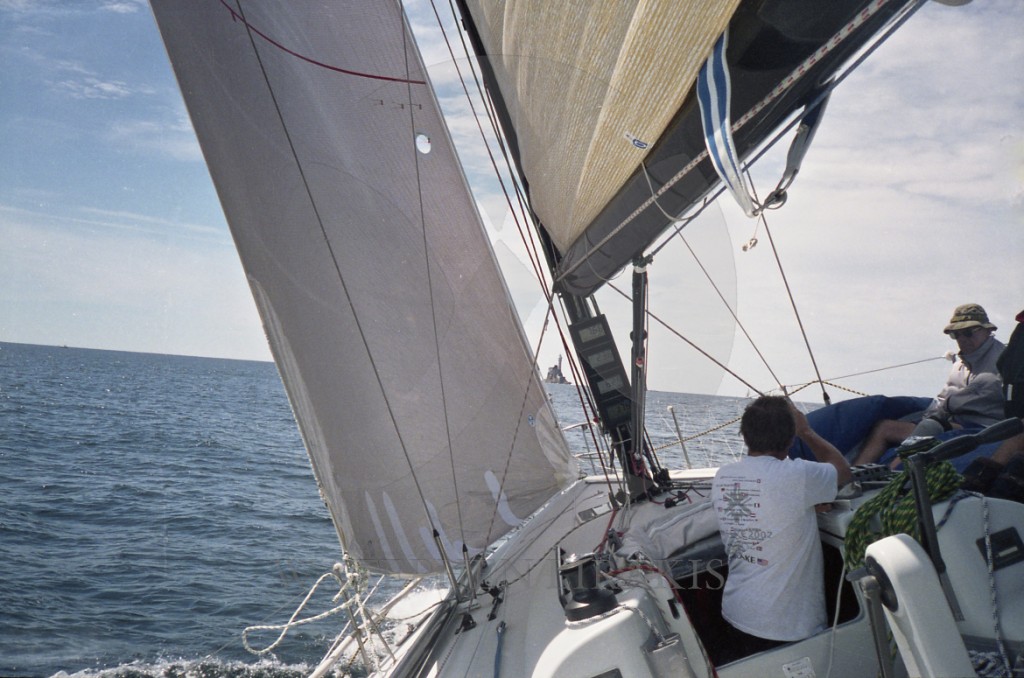Here are the published instructions for spectator boats wishing to watch the America’s Cup in San Diego.
America’s Cup World Series San Diego Course Marshal Instructions for Spectator Boats
Spectator boats are welcome to join and watch the racing from the water. The extreme nature of the AC45 catamarans requires exclusion zones. Please obey these instructions and enjoy the race.
Race Area
The area indicated in the diagram is the area where racing can take place. In reality the entire area will never be used and the length and location of the race course depends on wind direction and strength.
Stake Boats
35-?50ft Sailing Boats displaying a big grey America’s Cup flag in their mast will mark the outline of the restricted area. As a default the Stake Boats will outline and restrict the full area 1 hour before the start. When the Race Committee feels confident in wind direction and course configuration the Stake Boats will move in closer to actual race course. The area and passage close the Navy Base will be closed at all times.
Marshal Boats and Restrictions
A number of Marshal Boats displaying official America’s Cup flags will operate along the lines created by the Stake Boats. Please obey their instructions. To avoid wake at the race area the speed limit is 5 knots. To be able to move quickly if requested spectator boats can not anchor.
Official Boats
A number and team and official boats such as Media, TV, Rescue, VIP and others will operate within the race area. They will all display official America’s Cup flags.
Race Schedule
The complete race schedule and format can be found at americascup.com.
Race Communications
Start sequence count down, VIP boat communication and Course Marshal information will be broadcasted on VHF 68. Live broadcast and commentary can be found at americascup.com.
Safety and Emergencies
The Captain is responsible for the safety and control of his/her boat and all person on board; and the conduct of his vessel in accordance with maritime law and good seamanship. Always obey the instructions of local maritime authorities and law enforcement.
The coloured area indicates where racing can take place. The actual race area will be smaller and depends on the strength and direction of the wind.

